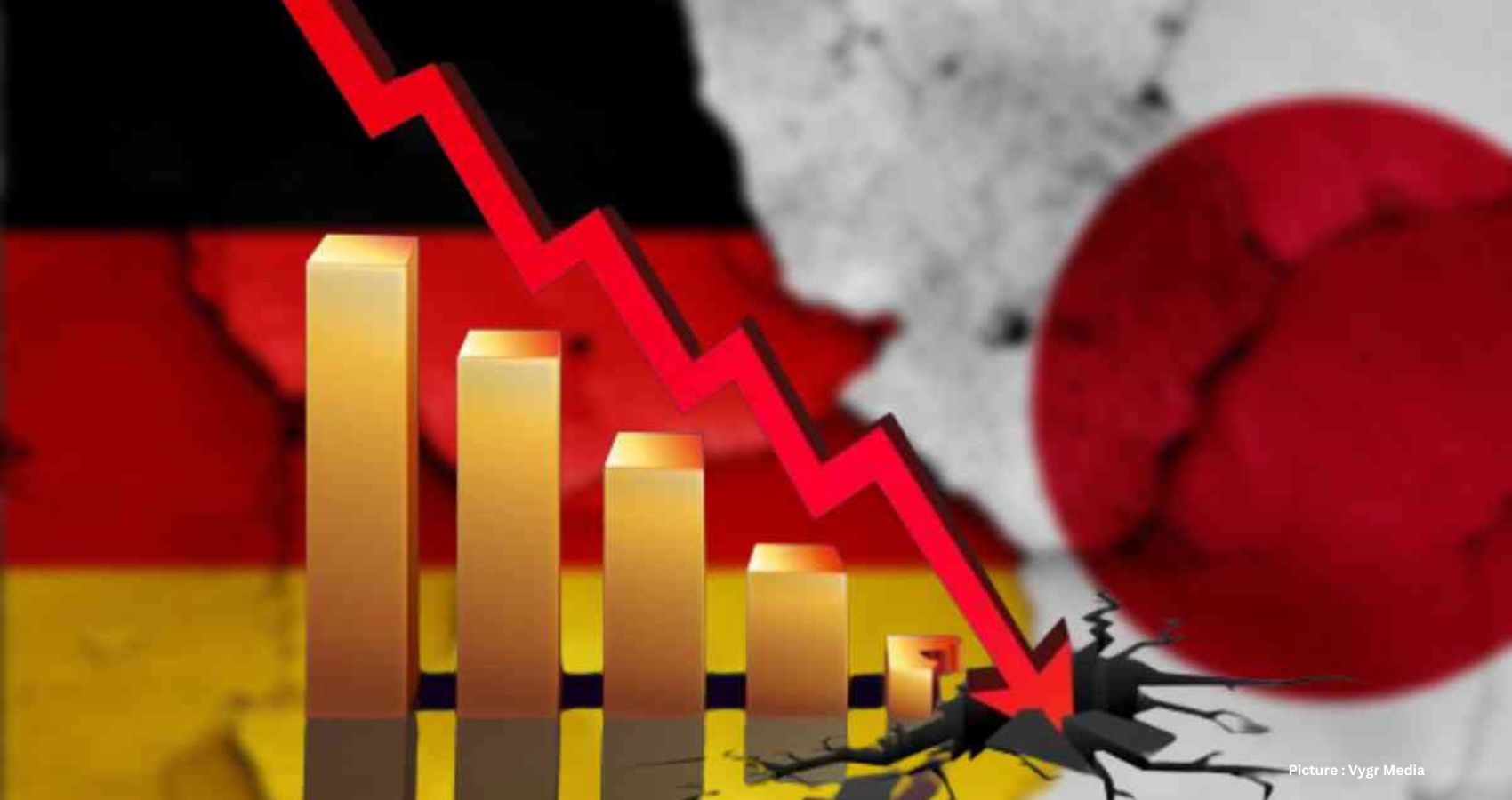Japan’s economy has slipped to the fourth position globally, falling behind Germany, as it experienced contraction in the final quarter of 2023. The government’s latest report indicates a 0.4% shrinkage in the economy from October to December, marking the second consecutive quarter of decline. This consecutive contraction signals a technical recession. Despite this setback, Japan saw a 1.9% growth for the entirety of 2023, although it had contracted by 2.9% in the July-September period.
Until 2010, Japan held the position as the world’s second-largest economy, a title it lost to China. Last year, Japan’s nominal GDP reached $4.2 trillion, slightly trailing behind Germany’s $4.4 trillion, or $4.5 trillion depending on currency conversions. The depreciation of the Japanese yen significantly contributed to this decline in ranking, as comparisons of nominal GDP are conducted in dollar terms. Economists attribute Japan’s relative weakness to factors such as a declining population, lagging productivity, and reduced competitiveness.
Real gross domestic product (GDP) serves as a measure of a nation’s goods and services’ value. The annual rate provides insight into the hypothetical outcome if the quarterly rate were to extend over a year. Historically, Japan was celebrated as an “economic miracle,” rapidly recovering from the aftermath of World War II to become the second-largest economy after the United States. However, over the past three decades, Japan’s economic growth has been modest, often stagnant following the burst of its financial bubble in 1990.
Both the Japanese and German economies benefit from robust small and medium-sized businesses with solid productivity levels. Similarly, Germany experienced a contraction of 0.3% in its economy during the last quarter of the previous year, marking it as one of the worst-performing economies globally in that period.
Like Japan, Britain also faced economic contraction in late 2023, entering a technical recession with a 0.3% shrinkage in GDP from October to December. This decline followed a 0.1% fall in the preceding quarter.
Japan’s demographic landscape, characterized by a shrinking and aging population, stands in contrast to Germany’s growing population, nearing 85 million, partly due to immigration compensating for a low birth rate. Tetsuji Okazaki, an economics professor at the University of Tokyo, highlights the implications of Japan’s diminishing influence globally, stating that even sectors like the auto industry, once a stronghold for Japan, face challenges with the rise of electric vehicles.
The increasing parity between developed nations and emerging economies is evident, with India poised to surpass Japan in nominal GDP in the coming years. Despite this, the United States maintains its dominance as the world’s largest economy with a GDP of $27.94 trillion in 2023, while China follows at $17.5 trillion. India’s GDP stands at approximately $3.7 trillion, with a rapid growth rate of around 7%.
Japan’s labor shortage issue could potentially be addressed through immigration, yet the nation has been criticized for its reluctance to accept foreign labor on a permanent basis, opting instead for temporary solutions. Robotics offer another avenue, albeit not yet fully utilized to offset the labor deficit.
Stagnating wages and a negative household savings rate contribute to Japan’s sluggish growth, compounded by businesses diverting investments to faster-growing economies abroad rather than the domestic market. Private consumption declined for three consecutive quarters in 2023, signaling ongoing economic challenges. Marcel Thieliant of Capital Economics predicts a further slowdown in GDP growth, projecting a decrease from 1.9% in 2023 to approximately 0.5% in the current year.




